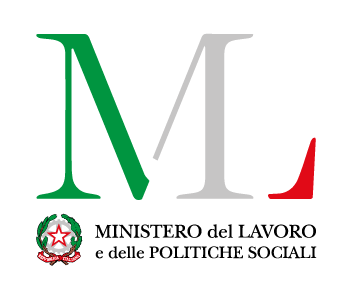The Excelsior Information System
Established in 1997 by Unioncamere, in collaboration with the Ministry of Labour, and the European Union, the Excelsior “Information System for Employment and Training” is one of Italy’s major sources on topics relating to the labour market and training, and is one of the official surveys included in the National Statistical Program (PSN).
Through the analysis of the hiring programs of over 1 million 300 thousand companies, the Excelsior Information System offers a constantly updated overview of the development trends and the main qualitative characteristics of the demand for employment in Italy, providing extremely useful information in support of training planning processes, guidance activities, and the active labour policies of the Government, the Regions, and other public institutions. The survey brings greater value to the information obtained from the chambers’ administrative archives on businesses and employment, and provides for the sampling of over 500,000 industrial and service companies of all sizes on an annual basis.
The high number of interviews conducted and the data processing methodology adopted allow the monthly and annual forecasts regarding the companies’ employment demand to be obtained in a timely and systematic manner, for all the Italian provinces, as well as the main characteristics of the professional figures required (level of education, age, experience, difficulty in recruiting, need for further training, skills, etc.).
In addition to guides, manuals, and materials in support of scholastic, university and occupational guidance, Excelsior also renders navigable databases, insights, and other informative tools regarding the demand for professional figures and skills available through various channels (websites, social networks, participation in events, webinars, and seminars).
Thanks to these tools and their exploitation by the Chambers of Commerce throughout their various areas of competence, we intend to increasingly promote and support a dynamic and flexible balance between the supply and demand for employment, even by establishing a better connection between the educational and training systems and the needs on the labour market.





